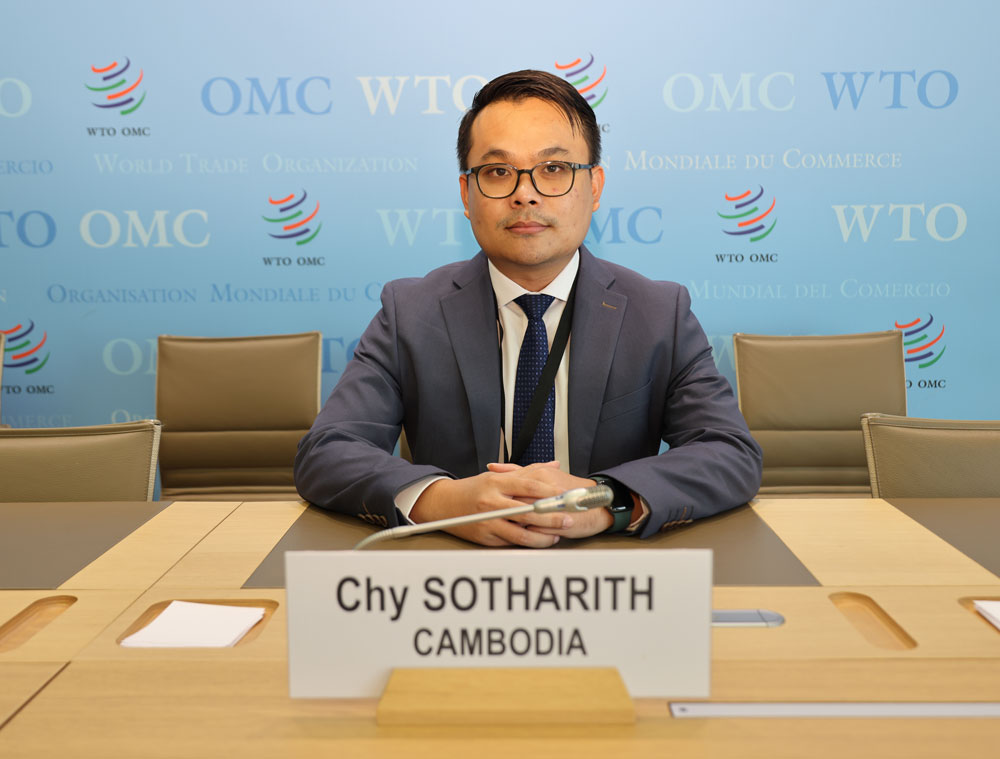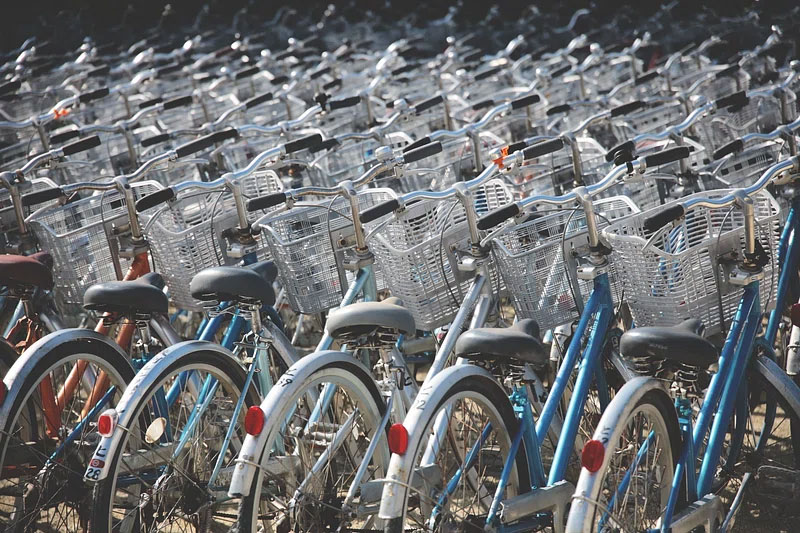Cambodia
Facilitating Cambodia's exports to regional and global markets
Chy Sotharith is the Deputy-Director of the Department of Export-Import in Cambodia's Ministry of Commerce. He outlines Cambodia's experience in making use of rules of origin to facilitate exports from least-developed countries (LDCs).
 Chy Sotharith is the Deputy-Director of the Department of Export-Import in Cambodia's Ministry of Commerce.
Chy Sotharith is the Deputy-Director of the Department of Export-Import in Cambodia's Ministry of Commerce.How do you see rules of origin facilitating exports from LDCs to regional and global markets?
LDCs enjoy duty-free, quota-free access to external markets through a variety of arrangements, including regional trade agreements. For customs to identify whether a product was "made in an LDC", rules of origin apply. These vary from one preference scheme to another. When rules of origin are too strict, it may be difficult for LDC firms to meet the necessary criteria.
For example, before the European Union reformed its Generalized System of Preferences (GSP) in 2011, the rules of origin for garments required the products to be assembled with fabrics that had been woven or knitted domestically. Since Cambodia has mostly imported fabrics from its regional partners, it was difficult for garment manufacturers to meet those origin requirements.
After the GSP reform of the European Union, the EU's Everything But Arms Initiative for LDCs - which ensures all imports to the EU from LDCs are duty-free and quota-free, with the exception of arms and ammunition - now allows for the use of imported fabric for garment products to be considered as originating from LDCs. Since then, we have seen a stable growth of our garment exports to the European Union.
What happens if only part of the product is "made in an LDC"?
As you know, LDCs have limited capacity to produce and export. Often, we work hand in hand with our trading partners during the production process. So, when it comes to exports, customs have to see whether these types of products can still be considered as "made in LDCs" under the so-called cumulation rules, which allow producers in one country to source inputs from other countries without losing the "originating" status of the final product. For example, in the case of the European Union, LDCs benefit from flexible rules of origin which allow for up to 70 per cent of non-originating material in a final product.
Cambodia's bicycle industry is a good example here. Our bicycle manufacturers rely on neighboring countries for certain critical inputs, such as tubes and saddles from Viet Nam. Since the parts made in Cambodia and Viet Nam can be "cumulated" or added together, customs then see whether the entire bicycle does not exceed the 70 per cent threshold of non-originating materials and determine whether our bicycles can enter the European Union market duty free.

In order for Cambodia to maintain growth in the bicycle industry, we requested the European Commission to grant us an extended cumulation arrangement with Viet Nam, after the European Union signed a free trade agreement with Viet Nam. I am very pleased that our request was accepted, meaning that we continue exporting our bicycles to the European Union duty free.
What are some of the tools that can help ease the administrative burden of origin requirements?
If the administrative requirements are too burdensome, LDC exporters may prefer paying most-favoured nation tariffs instead of using trade preferences. To support our exporters, we joined the registered exporter system of the European Union, which allows for self-certification by exporters. This system enables Cambodian exporters to obtain a reference number from the Ministry of Commerce, which can be used together with the invoice and packing list as a proof of origin. This saves time, reduces the administrative burden and helps our exporters to make use of the preferences offered.